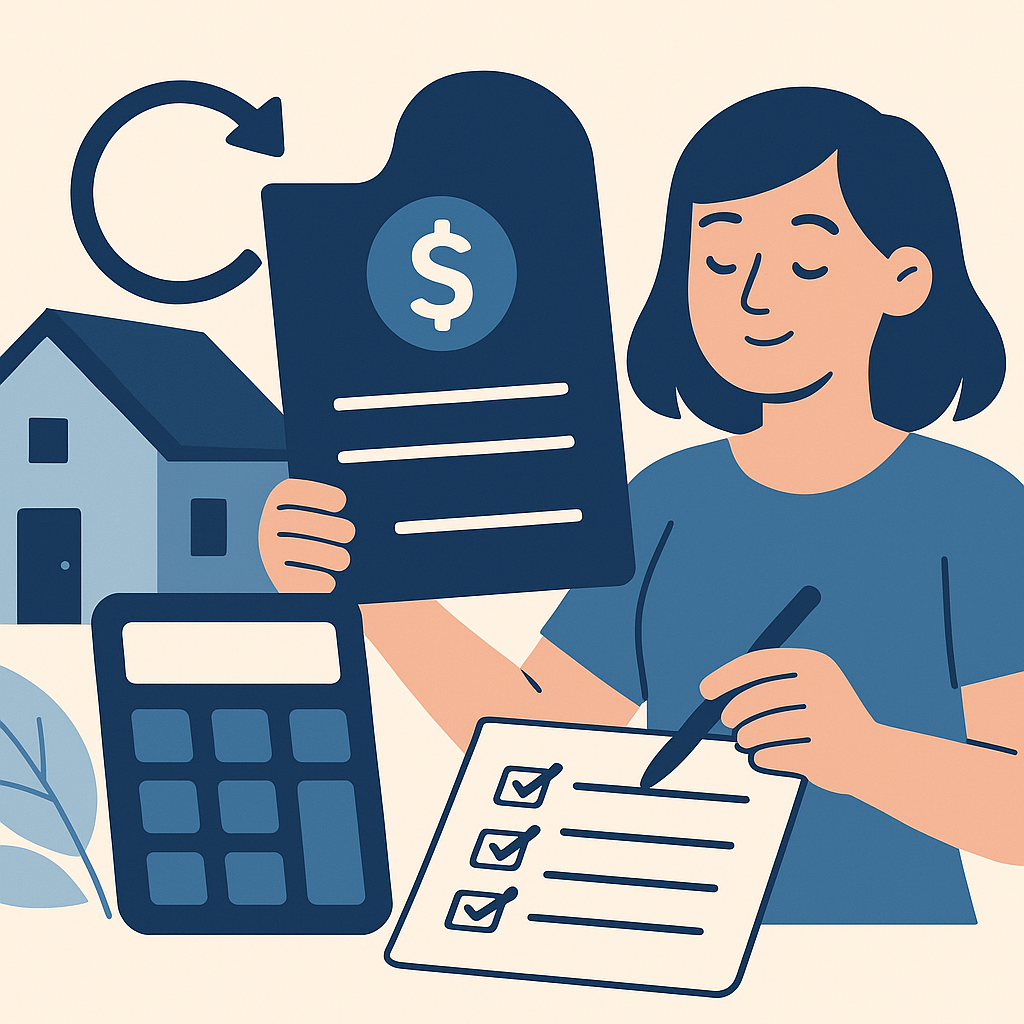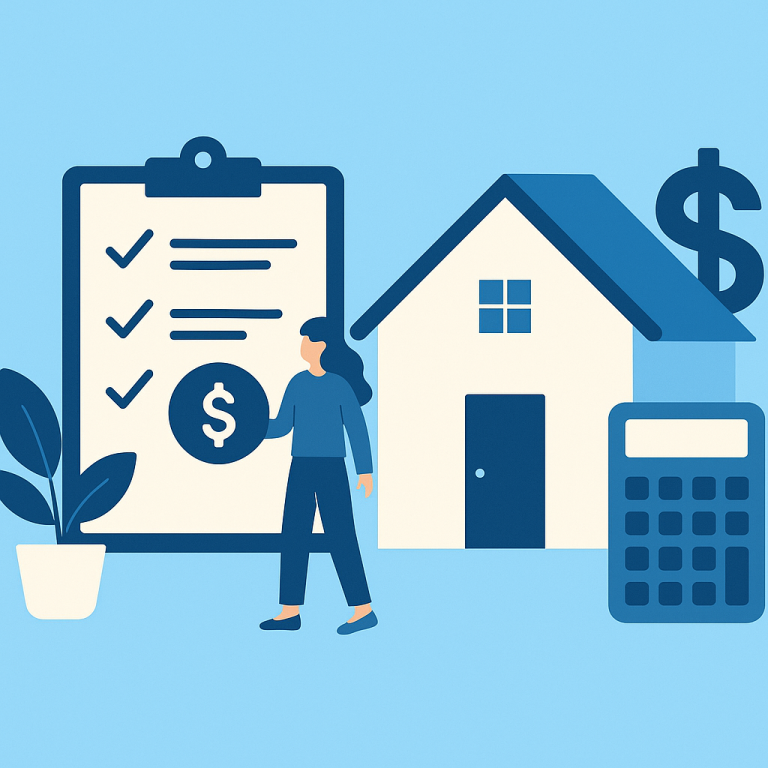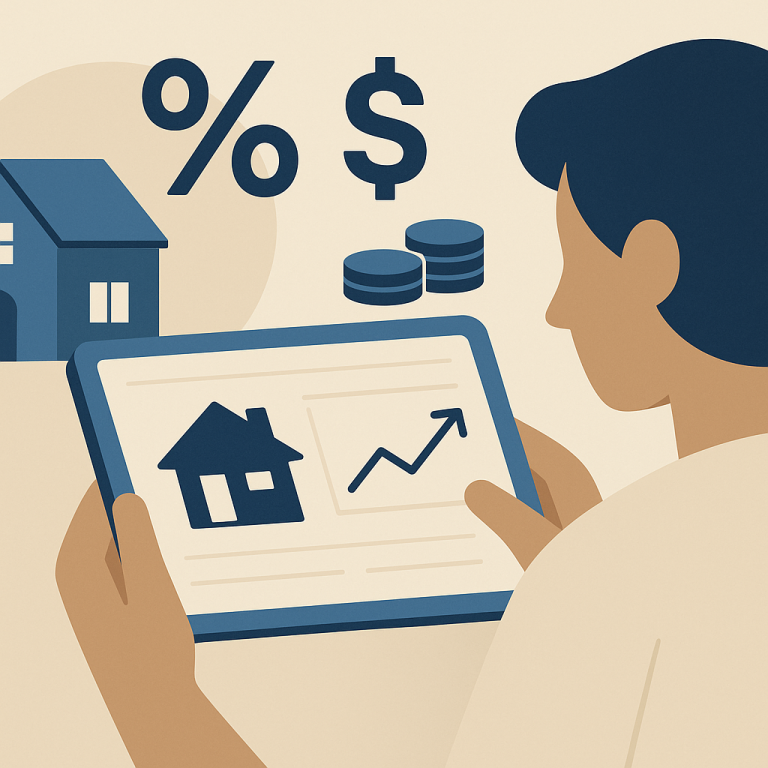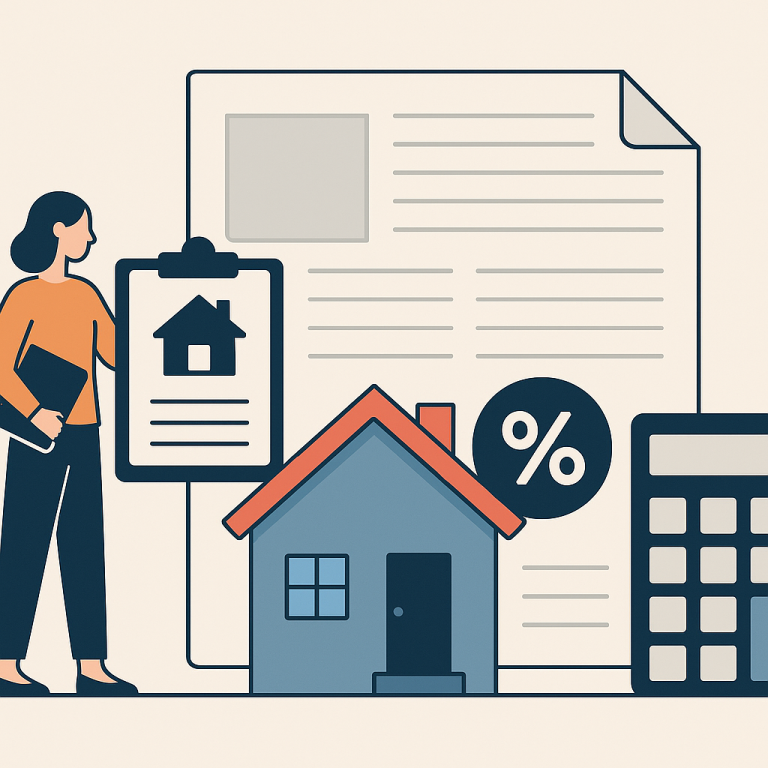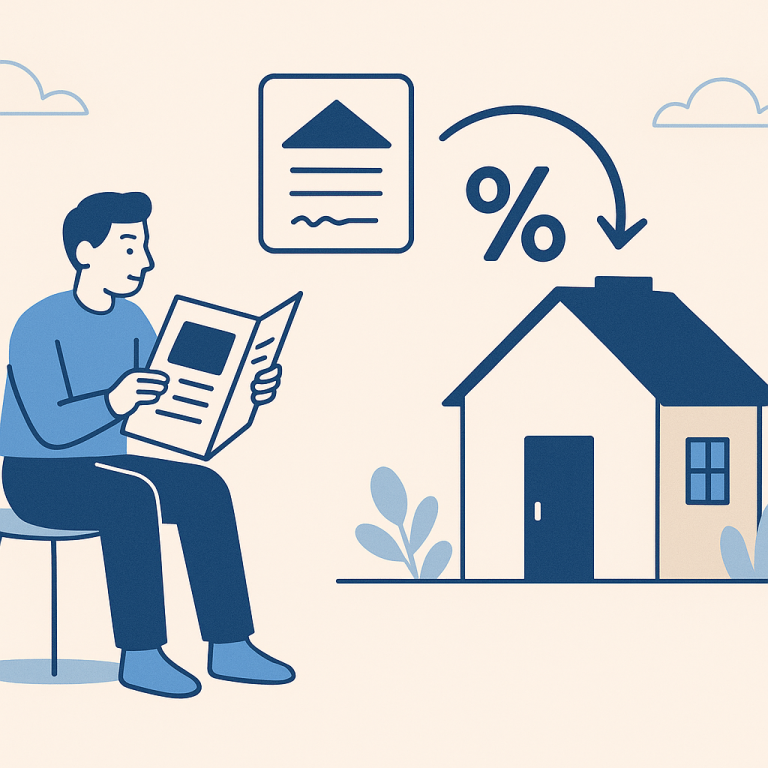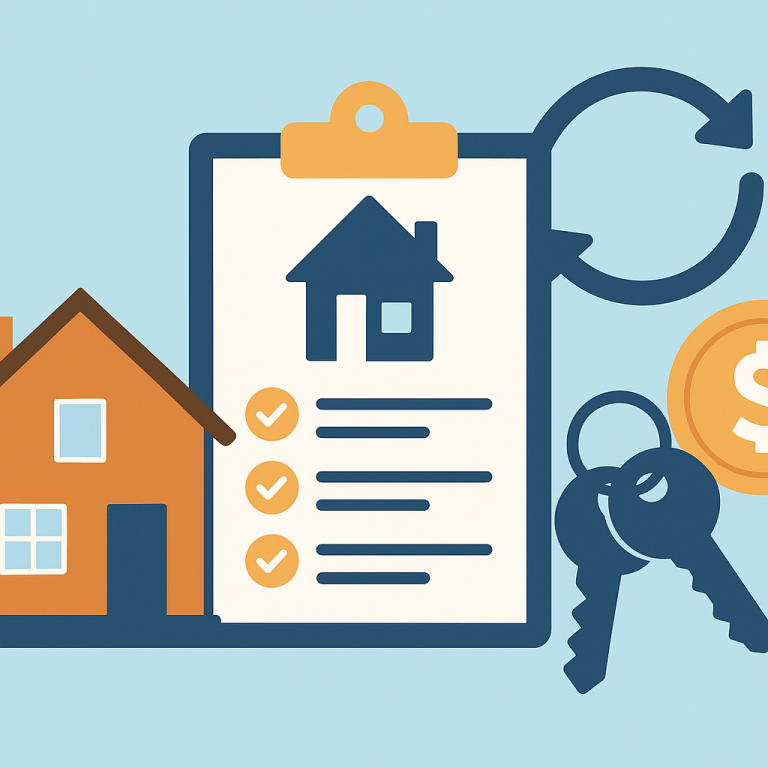Refinance guide no-cost refinance vs lender-paid closing costs
No-cost refinance vs lender-paid closing costs: what homeowners need to know
Refinancing a mortgage can lower your monthly payment, shorten your term, or convert equity into cash. Two common ways to reduce out-of-pocket closing costs are “no-cost” refinances and lender-paid closing costs (also called lender credits). They look similar at first glance but have important differences in how costs are covered and how much you pay over time. This guide explains what each option is, when it makes sense, the pros and cons, typical fees, the step-by-step process, common pitfalls, and a short FAQ to help you decide.
What each option is and when it makes sense
No-cost refinance
A no-cost refinance means you do not pay closing costs out of pocket at closing. In practice the lender either adds the costs into your loan balance or charges you a higher interest rate so the lender recoups the fees over time. It’s usually best when you have little cash on hand, expect to sell or refinance again within a few years, or want to avoid writing a check at closing.
Lender-paid closing costs (lender credits)
With lender-paid closing costs the lender gives you a credit to cover all or part of the closing costs in exchange for a higher interest rate (or sometimes points paid to another party). The loan balance isn’t increased by the credit; instead the lender accepts a slightly higher profit margin in return for covering fees. This option is useful if you prefer lower upfront costs but are willing to accept a modestly higher rate for as long as you keep the loan.
Benefits and drawbacks
- Benefits
- No upfront cash required at closing — easier if you’re short on funds.
- Faster closings for borrowers who don’t need to gather funds for fees.
- Access to refinancing when you want savings on monthly payment without immediate expenses.
- Can be a good short-term strategy if you plan to move or refinance again soon.
- Drawbacks
- Higher interest rate or larger loan balance increases total interest paid over time.
- Longer breakeven period — you may pay more if you keep the loan beyond that point.
- Rolling costs into the mortgage reduces initial equity and may push you closer to PMI thresholds.
- Some “no-cost” deals still require prepaids (escrow reserves, prepaid interest) out of pocket.
Typical costs and fees
Even with no-cost or lender-credit offers, lenders consider and cover (or not) these common items:
- Loan origination fee / underwriting fee
- Appraisal fee
- Title search and title insurance
- Escrow/closing agent fees
- Recording fees and transfer taxes
- Prepaid interest and escrow reserves (often required separately)
- Mortgage points (optional) and broker fees
When a lender offers credits, the credit amount will appear on the Loan Estimate and Closing Disclosure. The APR reflects how fees and rate combine, making APR a helpful comparison tool.
Example breakeven calculation
Suppose you’re refinancing a $300,000 loan. A lender offers to pay $3,000 in closing costs if you accept a rate 0.25% higher. The extra annual interest is 300,000 × 0.0025 = $750, or about $62.50 per month. Breakeven months = $3,000 ÷ $62.50 = 48 months (4 years). If you plan to keep the loan less than four years, the lender credit likely saves you money; longer than that, it costs more overall.
Step-by-step process
- Compare multiple lenders: request Loan Estimates and specifically ask for a no-cost quote and a lender-credit quote so you can compare apples to apples.
- Check the APR and run breakeven math: use the difference in rate and the credit amount to calculate how long before the higher rate eclipses the savings.
- Confirm what’s excluded: many no-cost options still require prepaids (escrow reserves, interest) or have limits on credits. Ask whether title and recording are included.
- Lock the rate: once you choose, lock the rate and credit to protect yourself from market moves before closing.
- Complete underwriting: provide documentation, pay any required prepaids, and prepare for closing.
- Review the Closing Disclosure: confirm the lender credit is applied and prepaids are accurate. Don’t sign until you understand all charges.
- Close and record: if costs were rolled into the loan, verify your loan balance; if lender credits were used, verify they covered the intended fees.
Common pitfalls to avoid
- Assuming “no-cost” means free — usually the cost is shifted to a higher interest rate or larger loan balance.
- Failing to calculate breakeven — a lower initial outlay can cost more over the life of the loan.
- Ignoring APR — monthly payment alone doesn’t show total cost.
- Not checking prepaids and escrow reserves — these often still require cash at closing.
- Letting only one lender quote you a no-cost option — competition may get you better terms.
- Overlooking how added balance affects PMI, loan-to-value, or ability to refinance again later.
Short FAQ
Q: Is a no-cost refinance really free?
A: No. “No-cost” typically means you don’t pay fees at closing out of pocket, but the lender makes up the amount through a higher rate or by adding fees to your loan balance.
Q: Which is better — a no-cost refinance or lender-paid credits?
A: They’re similar in effect. Lender-paid credits explicitly offset closing costs in return for a higher rate. The better choice depends on how long you’ll keep the loan and whether you prefer lower upfront cash or lower long-term cost. Use breakeven analysis to decide.
Q: Can I roll closing costs into my loan instead of taking a higher rate?
A: Often yes — some lenders let you finance closing costs into the principal. That increases your loan balance and may change your loan-to-value (LTV) and PMI situation.
Q: How do I compare offers from different lenders?
A: Compare the Loan Estimates and APRs, check the lender credit amount, run a breakeven calculation, and confirm which fees are covered vs. which must still be paid at closing.
Choosing between no-cost refinance options and lender-paid closing costs is a tradeoff between cash today and cost over time. Do the math, read the Loan Estimate and Closing Disclosure carefully, and shop multiple lenders to find the right balance for your situation.
META: wordcount=1012 reading_time=6min

